Disclosure: This article contains affiliate links. We may earn a commission from purchases at no extra cost to you, which helps our travel content.
There's something undeniably magnetic about the hunt for vintage treasures in Paris—a city where history isn't merely preserved in museums but lives on through carefully curated objects waiting to be discovered. After three years of calling France home, I've developed what my Lyonnais friends teasingly call an 'obsession' with Parisian flea markets. They aren't wrong. What began as weekend excursions to furnish our apartment has evolved into a passionate pursuit of the stories, craftsmanship, and unexpected beauty found in these labyrinthine markets. Whether you're searching for museum-quality antiques, mid-century design pieces, or simply a unique souvenir with authentic Parisian provenance, the city's marchés aux puces and boutiques d'antiquités offer an experience that transcends ordinary shopping. They invite you into a world where objects carry histories, where haggling is an art form, and where the thrill of discovery awaits around every corner.
Marché aux Puces de Saint-Ouen: The Crown Jewel
If Paris's flea market scene were a monarchy, Saint-Ouen would undoubtedly wear the crown. Sprawling across seven hectares at the city's northern edge, this legendary market (often simply called 'Les Puces') hosts over 1,700 dealers across 14 distinct markets, each with its own character and specialty. I recommend beginning your journey at Marché Paul Bert Serpette, where the curated selection strikes an ideal balance between museum-quality pieces and accessible treasures.
My first visit to Saint-Ouen was admittedly overwhelming—I arrived without a plan and quickly found myself disoriented among the maze-like alleys. Now, I begin each visit at Café Paul Bert for an espresso and mental preparation before diving in. The market rewards those with focus; I've learned to arrive with specific items in mind rather than browsing aimlessly.
While Saint-Ouen's reputation for high prices isn't entirely undeserved, patience reveals surprising values. Last autumn, I discovered a perfectly preserved 1950s Hermès scarf for less than half its retail value by visiting on a Monday morning when dealers are often more amenable to negotiation. For serious antiquing, I never leave home without my pocket magnifier, essential for examining marks, signatures, and condition issues on potential purchases.
The market's vastness means you'll likely need multiple visits to truly appreciate it. Rather than attempting to see everything in one day, I suggest concentrating on one or two markets that align with your interests—whether that's vintage fashion at Marché Malik, art books at Marché Dauphine, or mid-century furniture at Marché Serpette.

💡 Pro Tips
- Visit on Monday mornings when crowds are thinner and dealers may offer better prices
- Bring cash for better negotiating leverage, though many dealers now accept cards
- Wear comfortable shoes and weather-appropriate layers—much of the market is outdoors
Marché aux Puces de Vanves: The Insider's Secret
While Saint-Ouen commands the spotlight, Marché aux Puces de Vanves in the 14th arrondissement remains my personal favorite—the place I take friends when they want an authentic Parisian flea market experience without the overwhelming scale of Saint-Ouen. Operating only on weekends along Avenue Marc Sangnier and Avenue Georges Lafenestre, Vanves offers approximately 380 vendors selling everything from delicate porcelain to vintage photography equipment.
What distinguishes Vanves is its unpretentious atmosphere and the genuine possibility of discovering overlooked treasures at reasonable prices. Unlike some sections of Saint-Ouen that cater primarily to interior designers and serious collectors, Vanves maintains a democratic spirit where both the casual browser and determined collector can find satisfaction.
The market's relatively compact size means you can realistically see everything in a single morning—I recommend arriving by 8:30 AM when dealers are still setting up. My most successful finds have come from these early hours, including a collection of 1930s French photography magazines that now grace my coffee table and a set of vintage aperitif glasses that make regular appearances during dinner parties.
Vanves excels in small, packable items perfect for travelers: vintage postcards, antique jewelry, small artwork, and tableware. For photography enthusiasts, I've found the market particularly rewarding—my vintage camera strap was discovered here, a perfect complement to my father's restored Leica that I carry on my travels.
After hunting through the market, reward yourself with lunch at one of the local bistros along Rue Daguerre, just a short walk away. The contrast between treasure hunting and a leisurely Parisian lunch epitomizes what makes antiquing in this city so special—it's not merely shopping but a cultural experience that engages all senses.

💡 Pro Tips
- Arrive early (before 9 AM) for the best selection
- Bring small denomination bills to facilitate easier transactions
- Learn basic French negotiation phrases—even minimal effort is appreciated by vendors
Village Saint-Paul: The Hidden Courtyard Treasures
Tucked away in the historic Marais district, Village Saint-Paul offers a distinctly different antiquing experience than the bustling flea markets. This network of interconnected medieval courtyards houses approximately 80 antique dealers and galleries in a setting so quintessentially Parisian it feels almost cinematic. Enter through any of the passages on rue Saint-Paul, rue Charlemagne, rue des Jardins Saint-Paul or rue de l'Ave Maria, and you'll discover a hidden world that many tourists walk past without noticing.
What makes Village Saint-Paul special is its refined curation. While the large flea markets offer quantity and variety, the dealers here focus on quality and expertise. Each shop specializes in a particular era or category—18th-century decorative arts, Art Nouveau jewelry, vintage maps and prints, mid-century design, and more. The atmosphere encourages lingering and conversation; I've spent entire afternoons here discussing the provenance of objects with knowledgeable dealers who often speak excellent English.
My most cherished find from Village Saint-Paul is a 1940s fountain pen that I discovered at a tiny shop specializing in vintage writing instruments. The dealer spent nearly an hour explaining the pen's history and demonstrating proper maintenance. This level of personal attention exemplifies the Village Saint-Paul experience—shopping as education and cultural exchange.
The area particularly shines on the first weekend of each month when many dealers participate in a collective 'open house' event with extended hours. During these weekends, the courtyards transform with additional outdoor displays and a festive atmosphere that draws collectors from across Europe.
After exploring the shops, the adjacent Seine embankment offers perfect picnic spots. I often bring my portable picnic blanket, which folds to pocket size but provides ample space for displaying and admiring the day's discoveries while watching boats glide past Notre-Dame.

💡 Pro Tips
- Visit on Thursday through Sunday when most shops are open
- Don't hesitate to ask questions—dealers are passionate about their specialties and appreciate genuine interest
- Look for the 'Antiquités' signs marking the entrances to courtyards from surrounding streets
Rue Jacob and Carré Rive Gauche: Luxury Antiquing
When my clients from the luxury retail sector visit Paris, I invariably direct them to the Saint-Germain-des-Prés district—specifically Rue Jacob and the surrounding streets that form the renowned Carré Rive Gauche. This elegant neighborhood represents the apex of Parisian antique shopping, where internationally acclaimed galleries display museum-quality pieces in settings that rival the finest museums.
Unlike the democratic atmosphere of flea markets, these establishments operate with a different protocol. Many display prices discreetly or not at all, and appointments are sometimes preferred for serious viewing. Yet contrary to what some might expect, I've found most gallery owners welcoming to respectful visitors who express genuine appreciation for their collections, regardless of immediate purchasing intent.
The concentration of expertise in this district is remarkable. On Rue Jacob alone, one can trace the evolution of French decorative arts from Louis XIV through the Belle Époque and beyond. Neighboring streets like Rue de Lille, Rue de Beaune, and Quai Voltaire complete this extraordinary assemblage of fine art and antiques dealers.
While purchases here typically command significant investment, the educational value is immeasurable. I regularly visit simply to refine my eye and understanding of exceptional craftsmanship. The displays themselves offer masterclasses in styling and presentation that I've adapted for my own home in Lyon.
For those seeking investment-quality pieces, I recommend building relationships with dealers over time. My most successful acquisitions have come after multiple visits and conversations that demonstrated my sincere interest and knowledge. When I finally purchased a pair of 19th-century bronze candlesticks from a gallery I'd visited regularly for nearly a year, the owner included a leather-bound reference book on the foundry as a gesture of appreciation.
To document these exceptional pieces, I rely on my portable light kit for capturing gallery displays and potential purchases. The ability to properly photograph items for research or consultation has proven invaluable when making significant investment decisions.
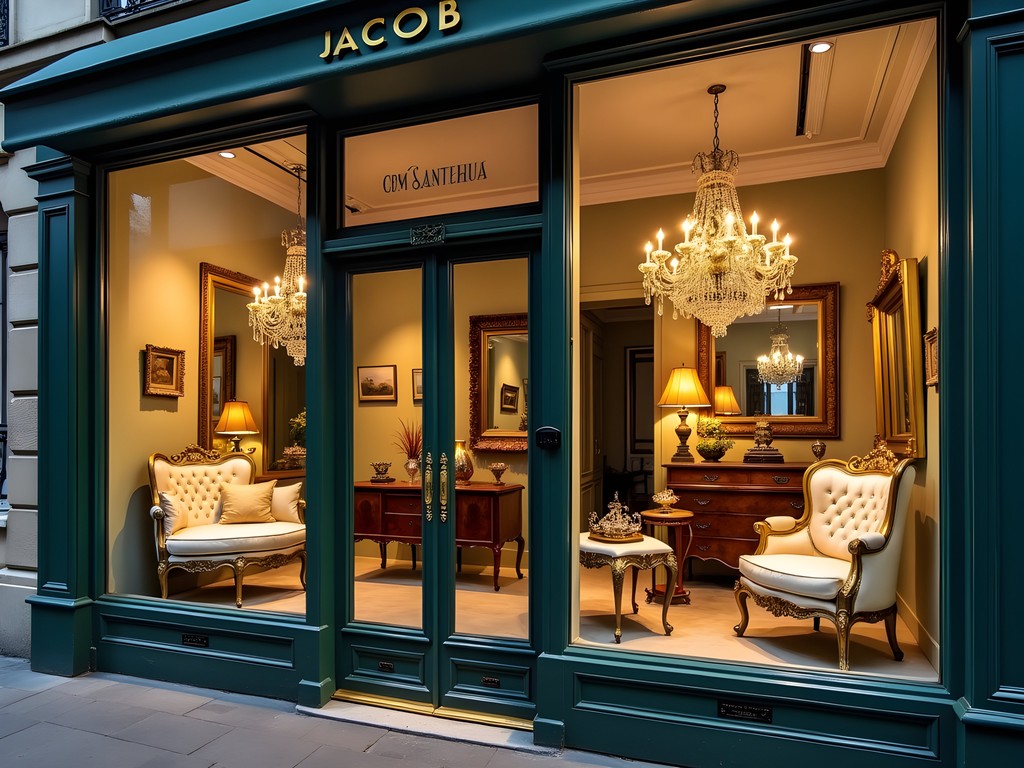
💡 Pro Tips
- Dress smartly when visiting high-end galleries—presentation matters in this district
- Photography policies vary by establishment—always ask permission before taking photos
- Research specific periods or styles that interest you before visiting to make conversations more productive
Specialized Vintage Shops of Le Marais
While traditional antique hunting focuses on furniture and decorative objects, Paris's vibrant Le Marais district excels in vintage fashion, accessories, and 20th-century design objects. After moving to France and needing to adapt my wardrobe to European sensibilities, I discovered that vintage shopping in Le Marais offered both style education and unique pieces that distinguished my wardrobe from standard department store offerings.
The area roughly bounded by Rue des Francs-Bourgeois, Rue Vieille du Temple, and Rue des Rosiers contains dozens of specialized vintage boutiques, each with distinct personalities and specialties. For men's vintage clothing with contemporary relevance, Vintage Désir on Rue des Rosiers has become my reliable source for well-preserved 1960s knit polos and tailored jackets that pair seamlessly with modern wardrobes.
For those interested in designer vintage, The King of Frip on Rue de la Verrerie curates exceptional pieces from luxury houses with a particular strength in 1980s and 1990s statement pieces. Their authentication process is meticulous—a crucial consideration when investing in vintage designer items.
Beyond clothing, the district excels in vintage eyewear, accessories, and small decorative objects. Lunettes et Compagnie on Rue du Roi de Sicile has transformed my perspective on eyewear with their collection of deadstock vintage frames that offer distinctive style impossible to find in contemporary collections. When I need my vintage glasses adjusted, I carry them in a protective eyeglass case that prevents damage during Paris's sometimes crowded metro rides.
What distinguishes Le Marais vintage shopping from experiences in other cities is the curatorial approach. Rather than overwhelming spaces packed with merchandise, most shops maintain carefully edited selections that reflect the owner's distinct point of view. This makes browsing more manageable and increases the likelihood of discovering pieces that resonate with your personal aesthetic.
The neighborhood's vibrant café culture provides perfect intervals between shopping expeditions. I recommend the courtyard at Café Charlot for people-watching and mentally cataloging your discoveries before the next boutique beckons.

💡 Pro Tips
- Many shops close on Mondays, while Sundays bring the largest crowds
- Sizing in vintage European clothing differs from contemporary American sizing—always try items on
- Bring a measuring tape for furniture or larger items to ensure they'll fit in your space
Final Thoughts
Paris's vintage markets and antique shops offer far more than mere shopping opportunities—they provide windows into French cultural history, aesthetic evolution, and the enduring appreciation for craftsmanship that defines Parisian sensibility. Whether you're a serious collector or simply seeking a meaningful souvenir, these treasure-filled spaces reward curiosity and patience. After three years of weekend explorations, I've come to understand that the true value lies not only in what you might purchase but in the stories uncovered, the conversations with passionate dealers, and the gradual education of your own eye. As you embark on your own vintage hunting expedition in Paris, remember that the most memorable finds often appear when you least expect them—perhaps in that final stall you almost skipped or the modest shop on a quiet side street. The hunt itself becomes part of your Paris story, one that continues long after you return home with your treasures.
✨ Key Takeaways
- Early arrival at markets significantly improves your chances of finding exceptional pieces
- Learning basic French phrases for negotiation demonstrates respect and often results in better pricing
- The best vintage shopping experiences combine hunting with cultural immersion—plan time for both
- Building relationships with dealers can lead to being contacted when items matching your interests arrive
📋 Practical Information
Best Time to Visit
year-round, though spring and fall offer the most pleasant weather for outdoor markets
Budget Estimate
€50-500 depending on purchase goals
Recommended Duration
2-3 days minimum
Difficulty Level
Beginner
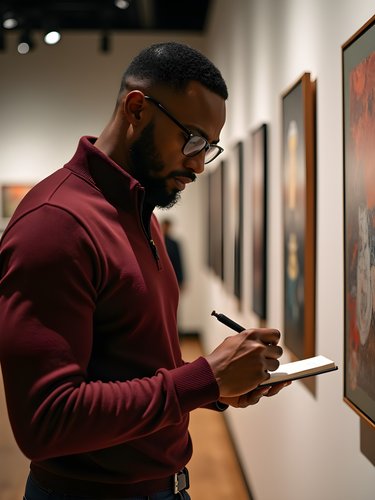
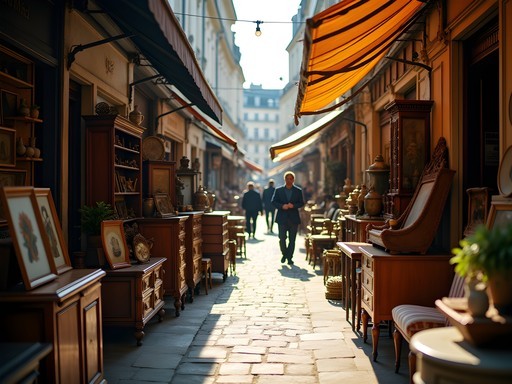
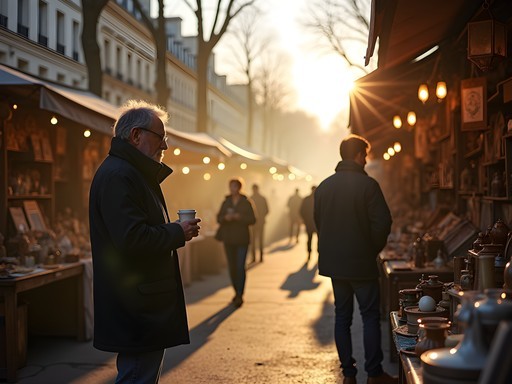
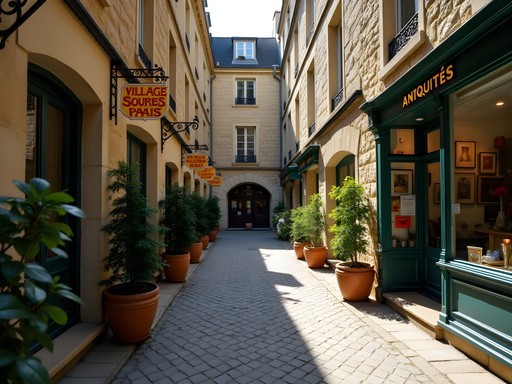
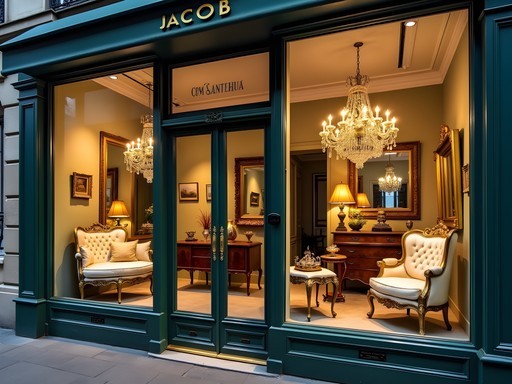
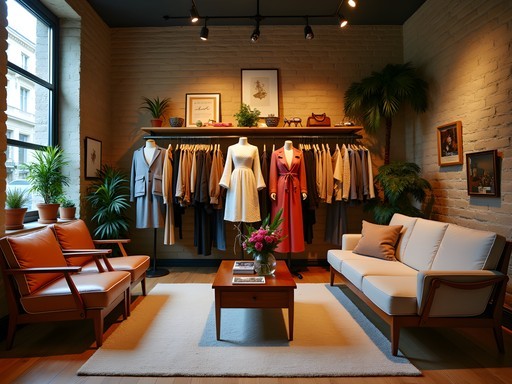


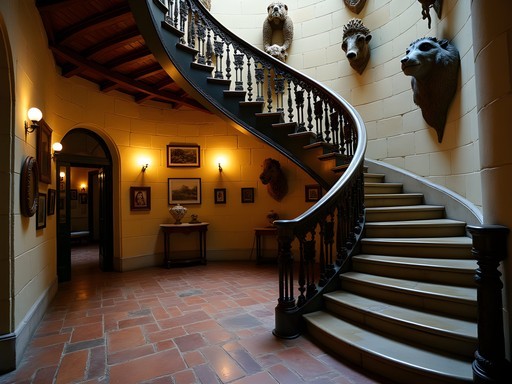

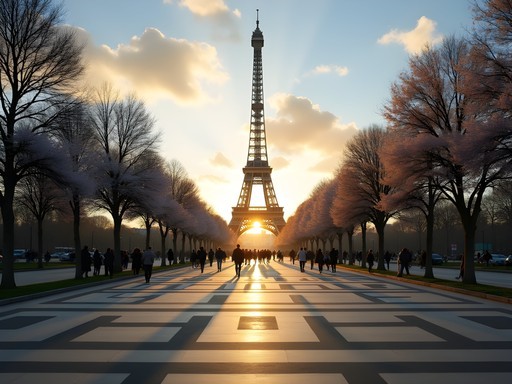
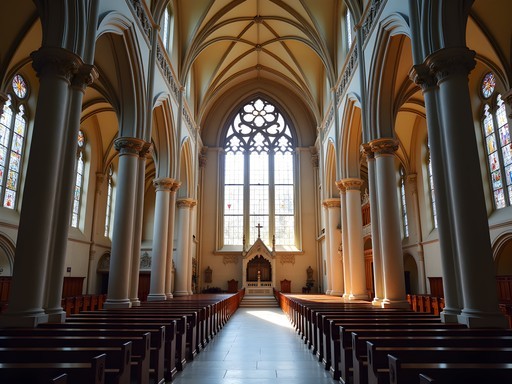

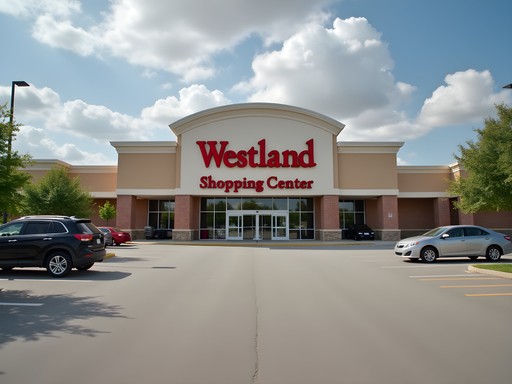


Comments
Hannah Woods
Fantastic guide, Mason! For anyone serious about antique hunting in Paris, I'd recommend bringing a measuring tape and a Paris Flea Market Guide. The book has maps of Saint-Ouen's different markets and phrases for negotiating. Also, most vendors don't accept credit cards, so bring cash and ask for a 'détaxe' form for tax refund if spending over €175. For furniture shipping, I've had good experiences with Camard & Associates who specialize in antique transport from Paris to worldwide destinations.
coolguy
Thanks for the shipping tip! I've always wondered how to get bigger items home.
islandperson
Heading to Paris in October and definitely want to check these out! What's the best way to get to Saint-Ouen from central Paris? Metro or taxi?
wanderking
Metro for sure! Line 4 to Porte de Clignancourt, then a short walk. Way cheaper than a taxi and you avoid traffic. Just keep your bag close on the metro like anywhere in Paris.
coolguy
Those photos are giving me serious wanderlust! Can't wait to visit next year!
dreamninja
Has anyone tried Village Saint-Paul? Worth the visit if I only have one day for vintage shopping?
Hannah Woods
Village Saint-Paul is perfect if you're short on time! More curated than the sprawling flea markets, lovely atmosphere in the hidden courtyards, and you can combine it with exploring Le Marais. The prices are higher than Saint-Ouen but the quality is consistent. I found my favorite vintage Cartier lighter there last spring!
dreamninja
Thanks Hannah! That sounds perfect for my schedule. Adding it to my itinerary!
Gregory Boyd
Mason, excellent breakdown of the Parisian vintage scene. I've been documenting flea markets across Europe for my blog, and your assessment of Vanves as the 'insider's secret' is spot on. While Saint-Ouen gets all the glory (deservedly), Vanves offers that authentic treasure hunting experience without the overwhelming size. I'd add that serious collectors should consider bringing a collapsible duffle in their day pack - I've seen too many people struggle with unexpected finds! The dealers at Vanves tend to be more straightforward with pricing than at Saint-Ouen, where the tourist markup is real. Great post.
wanderking
Just got back from Paris last month and hit up Saint-Ouen! It's massive - took us nearly the whole day and we still didn't see it all. Found this amazing vintage Hermès scarf for way less than retail. Pro tip: go early on Monday when dealers are more willing to bargain. And definitely brush up on your French numbers before haggling!
islandperson
Did you feel safe there? I've heard mixed things about the area around Saint-Ouen.
wanderking
Totally fine during the day, just use normal city awareness. The main market areas are well-populated with tourists and locals. Just avoid the sketchy side streets and you'll be fine!
CityHopper
Pro tip: bring cash! Many vendors at Vanves don't take cards. And wear comfortable shoes - you'll be walking for hours!
ParisNewbie
Thanks for this! How much cash would you recommend bringing?
CityHopper
Depends on what you want to buy! Small items €20-50, but if you're eyeing furniture or art, €200-300 minimum. ATMs are nearby though!
sunnyone
Is it worth visiting these markets if I'm not planning to buy anything big? I'm traveling with just a carry-on but would love to experience the atmosphere!
oceanlover7913
Absolutely! I've gone just to browse and people-watch. There are plenty of small treasures like vintage postcards, old photographs, or small trinkets that won't take up much space. The atmosphere alone is worth it!
sunnyone
Perfect, thanks! Can't wait to check them out then.
winterlife
Those photos of Saint-Ouen are giving me major wanderlust! Saving this for my Paris trip in May!
FrenchFan44
Those photos of Marché aux Puces are gorgeous! Takes me right back.
Venture X
Premium card with 2X miles, $300 travel credit, Priority Pass